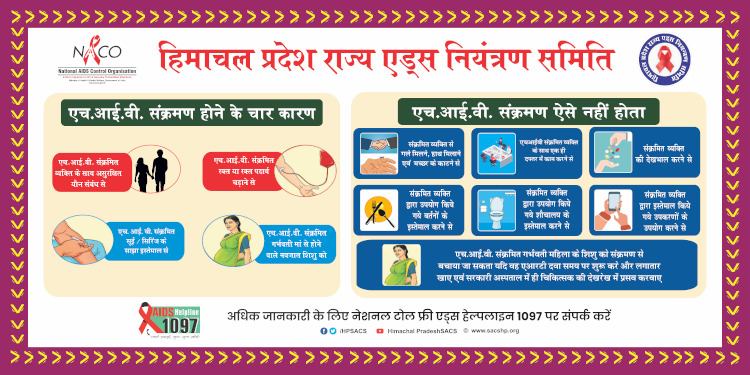Government departments are often blamed of working in silos. However, there come instances in public life when the silos are forced broken and heartwarming, magical stories of coordinated efforts unfold.
From Wayanad to Rampur, post-disaster operations have been in full swing in the monsoon. The magnitude and energy of these can only be truly appreciated by being part of them from ground zero. The Samej village in Rampur, Himachal Pradesh was hit by the wrath of a cloudburst that happened upstream near Srikhand Mahadev on the night of 31st July.
Waters, rubble, debris gushed down unleashing a trail of devastation, tears and cries behind them.
Standing on the disaster site one shuddered and went numb thinking of those last moments when the beautiful and simple mountain folks in that idyllic village would have gone to sleep and would have not known what struck them.
What remained now was a mound of mud and silt burying the once beautiful village that had rested peacefully by the stream and would have piqued the mind of an artist to paint it and made a visitor’s mind to forget the hustle and bustle of life and rest awhile.

One of the firsts in any post disaster operation is to ensure accessibility to the disaster struck site. In sites like Samej, it involves crossing across once pretty rivulets transformed into gushing mini-rivers.
The specialized responders like the NDRF use rope-bridges to quickly reach the site and begin rescue, relief and excavations. However, the movement across these bridges can be rather slow limiting the number of personnel who can cross and carry out operations.
Even at Samej, the units of Indian Army stationed at Rampur and Jhakri quickly built the first rope bridge to reach across to the debris-submerged village and start the excavation operations.

However, the Operation led by DC and SP, Shimla at his juncture looked in the direction of the forest department to quickly help build the next level of bridge via the age-old building material (timber) to facilitate easier movement across.
What followed on the D-day was a heartwarming example of coordinated efforts. A team of foresters accompanied by 20 sturdy Nepali shoulders were deputed early morning to get logs from deep in the forest to form the base of the bridge.
Meanwhile, electricity poles were transported to the disaster site by the electricity department (as directed by the SDM) and were meticulously lowered down to the site from a cliff hundreds of meters high – the crucial operation coordinated by the SDPO and Assistant Commandant of NDRF.
The generous Pradhan of the village donated many metal bars and wooden planks from his house to be used for the bridge while the village youth, encouraged to volunteer for the operation, carried these to the spot. Another team of foresters and carpenters prepared additional planks from the wood washed down and lying among the rocks.
Soon the raw material was in place – electricity poles were on one bank and wooden logs on the other. Giant earthmovers were excavating the site nearby.
But who would put them all together to form the bridge? The departmental habit of having done its bit and stop at that seemed to be hanging in the air.
It was here that gods’ grace intervened and a JE of the Mechanical Wing of the PWD, visiting the site for a different matter, was requested to actually lead the launching of the bridge. What followed was a fluid sequence of events where departmental boundaries dissolved and the natural leadership skills of a dynamic Forest Range Officer took over.

Strength of Nepali hands built the abutment on one bank while the majesty of earthmovers did it on the other. Commitment of a couple of PWD engineers and enviable skills with rope-knots of the JE, and sweat and strength of NDRF and ITBP meant the electricity poles were now spanning across – with some help from the earthmovers.
The next layer of strengthening was provided by the Gram Pradhan’s donated metal bars welded together. The Forest Rapid Rescue Team of Rampur and the carpenters put the planks valiantly across the poles holding on the safety belt of the NDRF across their waists.
Such operations are reminders of the power and magic of jointed action. The hope only is that it should not take the aftermath of a disaster for humans to rise to their best selves. Further, never should be power of the community involvement and generosity of the human heart be underestimated as exemplified by the local Pradhan and the village youth.
Let’s build such bridges of de-siloization and coordinated efforts not only in the aftermath of disasters but to pre-empt them in averting their fundamental cause, called anthropogenic climate change.
The author is Deputy Conservator of Forests, Rampur and was involved in disaster relief operations at Samej, Rampur.
Gurharsh Singh is an Indian Forest Service (IFS) officer who as the Deputy Conservator of Forests, Rampur was actively involved in the disaster relief operations at Samej, Rampur that was hit by a severe cloud burst in July 2024.



